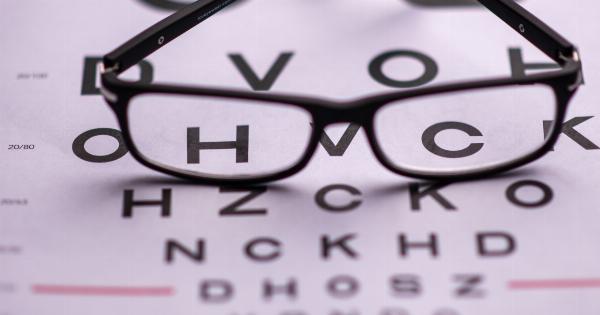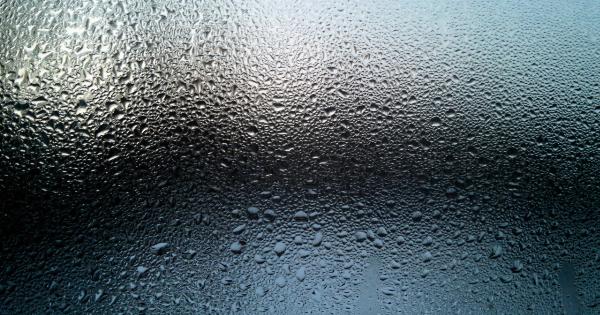Liquid retention, also known as water retention or edema, is a condition that occurs when excess fluid accumulates in the body’s tissues. This can lead to swelling and discomfort, particularly in the hands, feet, ankles, and legs.
Detecting liquid retention early on is crucial for prompt treatment and management of the underlying causes. In this article, we will explore a simple test that can help identify signs of liquid retention.
Understanding Liquid Retention
Liquid retention can occur for various reasons, including hormonal imbalances, poor kidney or heart function, certain medications, and lifestyle factors such as a sedentary lifestyle or a high-sodium diet.
The excess fluid builds up in the tissues, causing them to swell and become puffy. Common symptoms of liquid retention include:.
- Swollen hands, feet, ankles, or legs
- Puffiness in the face or around the eyes
- Tightness or stiffness in affected areas
- Indentations or “pitting” when pressing the swollen area
- Weight gain or fluctuations
- Reduced flexibility or mobility
The Simple Test
The following simple test can help detect signs of liquid retention:.
Step 1: Press and Release
Start by pressing the swollen area gently with your fingers. Use enough pressure to make an indentation without causing discomfort. Hold the pressure for a few seconds, and then release.
Step 2: Observe
After releasing the pressure, observe the affected area for any lingering indentation. If the indentation remains for more than a couple of seconds, it may indicate liquid retention.
Step 3: Repeat
Repeat the test on different areas of your body, especially if you notice swelling or discomfort in multiple areas. Pay attention to your hands, feet, ankles, and legs, as these are common areas where liquid retention occurs.
Interpreting the Results
The presence of a lingering indentation after the release of pressure suggests that fluid has accumulated in the tissues, indicating potential liquid retention.
However, it is essential to consult a healthcare professional for a proper diagnosis and to determine the underlying cause.
Cautionary Notes
While the press and release test can provide an indication of possible liquid retention, it is not a definitive diagnostic tool. Some factors can affect the accuracy of the test or mimic the appearance of liquid retention, including:.
- Recent injury or trauma to the area
- Localized inflammation or infection
- Allergic reactions
- Underlying medical conditions
- Medications or treatments that impact fluid balance
It is crucial to consult a healthcare professional for a comprehensive evaluation and diagnosis if you suspect liquid retention.
Prevention and Treatment
Preventing and managing liquid retention involves addressing the underlying causes and making lifestyle changes. Here are some strategies:.
- Reducing sodium intake: Limiting the consumption of salty foods can help manage fluid balance.
- Regular exercise: Engaging in physical activity improves circulation and helps prevent fluid accumulation.
- Elevating the legs: Raising the legs above heart level can promote fluid drainage and reduce swelling.
- Using compression stockings: Compression stockings provide gentle pressure to the legs, aiding blood circulation and preventing fluid buildup.
- Limiting alcohol and caffeine: These substances can contribute to dehydration and exacerbate liquid retention.
- Weight management: Maintaining a healthy weight can reduce the strain on the body’s circulatory system.
- Medical interventions: Depending on the underlying cause, healthcare professionals may prescribe medications or recommend specific treatments.
Conclusion
While the press and release test can provide a quick indication of potential liquid retention, it is essential to consult with a healthcare professional for a proper evaluation and diagnosis.
Early detection and management of liquid retention can help prevent complications and improve overall well-being. By understanding the causes and adopting preventive strategies, individuals can take control of their health and minimize the impact of liquid retention.





























